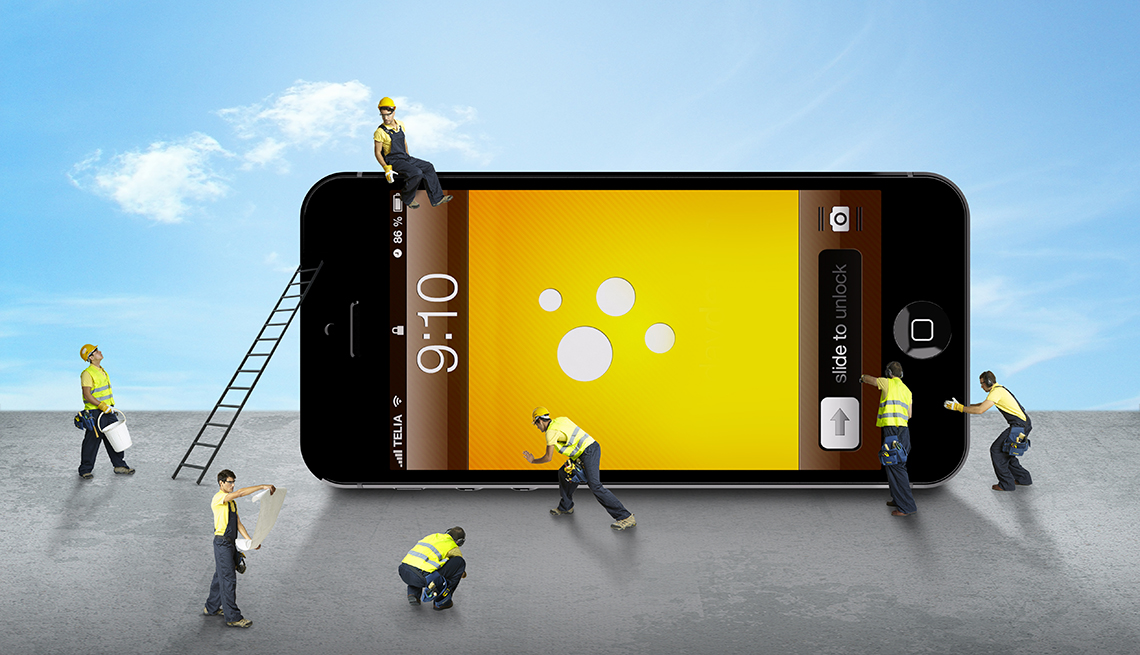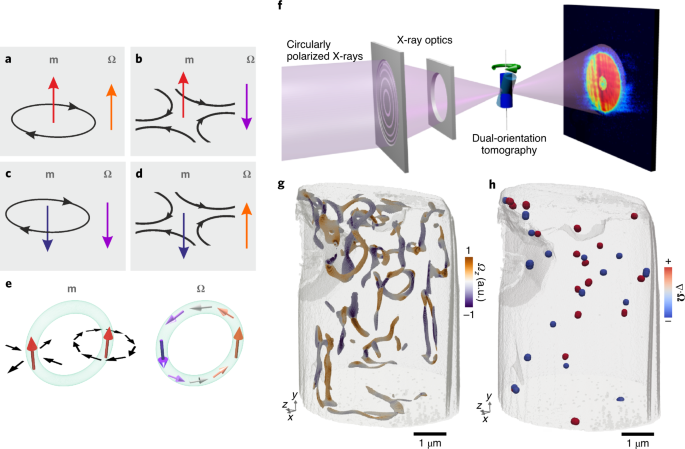
- Select a language for the TTS:
- UK English Female
- UK English Male
- US English Female
- US English Male
- Australian Female
- Australian Male
- Language selected: (auto detect) - EN
Play all audios:
But the market for smaller phones is getting smaller. Samsung’s latest flagships have big screens and big prices: the Galaxy S22, and S22+ and the S22 Ultra smartphone come with 6.1-,
6.6-and 6.8-inch displays, respectively, and cost $799.99, $999.99 and $1,199.99 to start, though as with other phones in this article, prices can be drastically reduced with trade-ins.
These days, Google is pushing Pixel 6 and Pixel 6 Pro handsets with 6.4- and 6.7-inch displays and prices that start at $599 and $899, rather than its smaller 5.8-inch and now discontinued
Pixel 4a. Its less expensive $449 Pixel 5a with 5G ups the screen size to 6.3 inches. Several other companies, including Motorola and OnePlus, manufacture Android smartphones. From left to
right are the iPhone 13 Pro Max, 13 Pro, SE, and 13 mini. Ed Baig APPLE A 'SMALL' PLAYER That leaves Apple as the only major manufacturer willing to play a smaller lineup. The
iPhone maker has just released a new SE model that not only has a 4.7-inch display like its 2-year-old predecessor, but a classic home button that is yet another throwback. Indeed, this
latest SE employs Apple’s Touch ID fingerprint system instead of Face ID facial recognition to authenticate the user and unlock the iPhone — a system some people might prefer. The SE, now in
its third incarnation, fetches $429 to start, which for Apple is a budget buy. It modernizes the prior SE model by adding 5G connectivity, a longer-lasting battery and more computing power
through Apple’s muscular A15 Bionic chip, the same processor found on the priciest iPhones. And as with other iPhones, it runs iOS 15 software. Apple hasn’t abandoned larger phones. Far from
it. Its roster includes top-of-the-line iPhone 13 Pro and 13 Pro Max handsets, which boast 6.1-inch and 6.7-inch displays. But at $799 and $1,099 to start, they cost well more than a
starter SE. Apple also sells a $699 iPhone 13 mini with a 5.4-inch screen that also exceeds the display size of that ancient Note. It has Face ID, and the higher price in comparison with the
SE is largely because of that larger, higher quality display and superior camera. The latest SE is a tad taller than the 13 mini, but it has wider borders around the screen, which makes the
design feel a bit dated and the display even more cramped, especially if you’ve spent any meaningful time using a larger smartphone.







